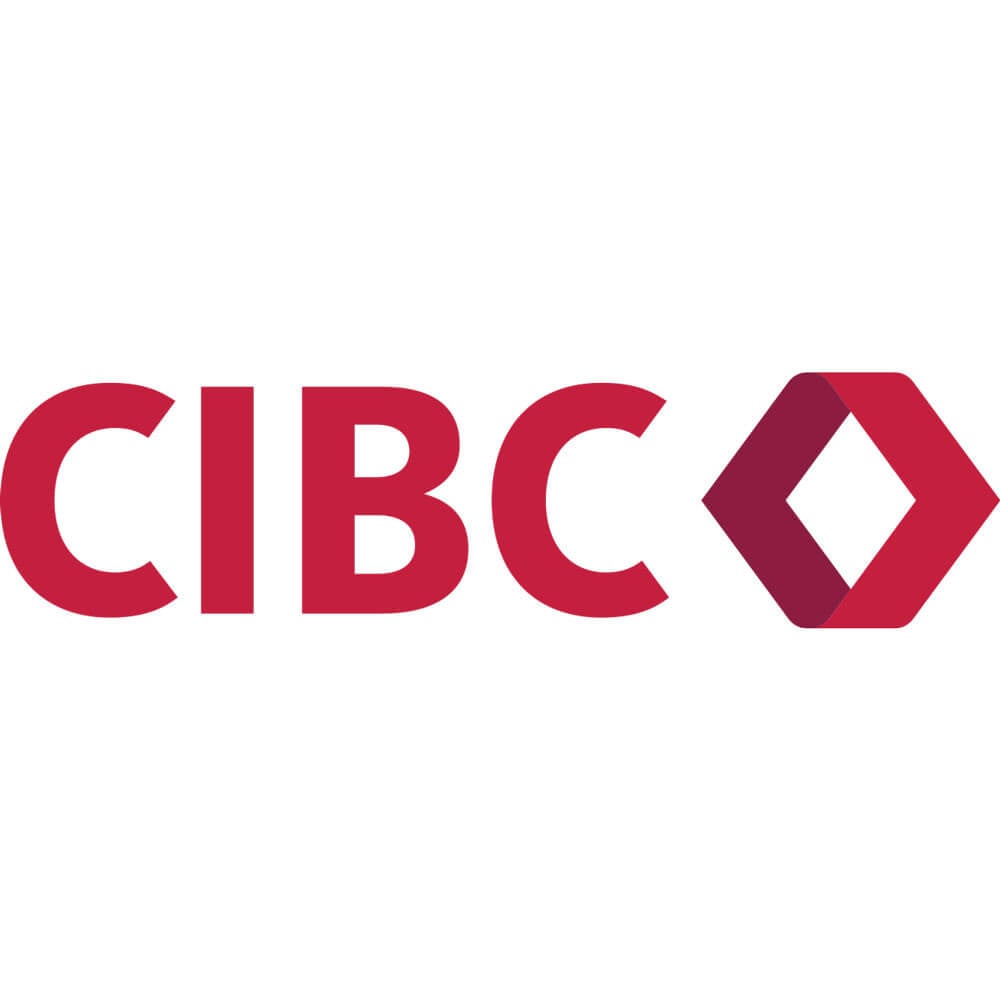How much money does a Canadian have in savings?

Average savings by age in Canada
Canadians don't do too badly when it comes to average savings, paying both in and out of registered retirement savings plans (RRSPs). According to Statistics Canada data for 2019 (the most recent information available), we saved this much on average, excluding private pensions and non-financial assets like real estate:
- Underneath 35 years: $27,425 in non-retirement financial assets and $9,905 in RRSPs
- Years 35 to 44: $23,743 in non-retirement financial assets and $15,993 in RRSPs
- Ages 45 to 54: $39,831 in non-retirement financial assets and $41,998 in RRSPs
That happened a few years ago. What happens during this pandemic, when travel restrictions, lockdowns and economic uncertainty put a pause on spending? Many households saw their savings increase.
According to the Bank of Canada, in 2020 there was an “unprecedented increase” in savings of about $5,800 per Canadian, totaling $180 billion. (About 40% of this money was saved by high-income households, which were less affected by pandemic-related job losses than low-income households.) Canadians collectively saved another 350 billion by the end of 2021, according to Statistics Canada. Most of that money has since gone back into spending, and paying down debts and liabilities. And speaking of loans and mortgages…
Financial goals in your 20s, 30s, 40s and beyond
Your financial goals will change dramatically every new decade. Here's a look at the biggest expenses you may need to budget for at each stage of your life:
Cost of living in 20 years
You have a lot to spend on in your 20s. Renting is often a big expense. For example, the average rent for a bachelor/studio apartment in Toronto is now $1,427 per month; in Vancouver, it's $1,489. Paying off student debt may also be a priority. The average 20-something with a bachelor's degree owes $30,600 upon graduation, while a college grad owes $16,700. You may also need money for overseas travel, socializing with friends, and buying or renting a car.
Still, it's good to get into the habit of saving early, whether it's for a financial goal or an emergency fund. Consider setting up automatic transfers to put a percentage of your income into a HISA, such as CIBC's eAdvantage Savings account. It currently offers an interest rate of 5.25% for four months when you open your first account, on balances up to $1,000,000. And if you can save $200 a month, you'll earn an extra 0.5% on balances up to $200,000.
sponsored
CIBC Advantage Savings Account
- Monthly payment: $0
- Common interest rates: 0.35% to 1.60%, depending on account balance, plus 0.5% Smart Interest if you save $200 or more in any month
- Welcome offer: 5.25% interest for 4 months on balances up to $1 million
- Transactions: $5 each
- Eligible for CDIC coverage: Yes
Cost of living in 30 years
In your 30s, you're probably earning more than you did in your 20s, but you also have a few new expenses to deal with. Maybe you're getting married—the average cost of a wedding in Canada is $22,000 to $30,000. Or you are raising your family; on average, parents pay $508 a month for full-time preschool, according to Statistics Canada. Or maybe you have a favorite pet—one that can set you back a few thousand dollars a year. And if you're planning to buy a home, the average monthly payment for a new mortgage in Canada was $2,135, as of the first quarter of 2024—expect to spend more in pricey markets like Toronto and Vancouver.
If you're saving for any of these purposes (or anything else), using a HISA will help your money grow and keep up with inflation in the meantime.
Source link




